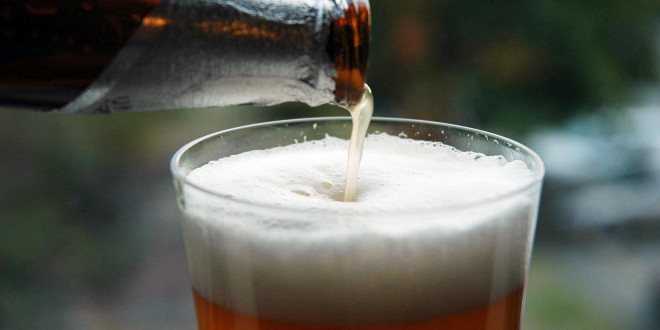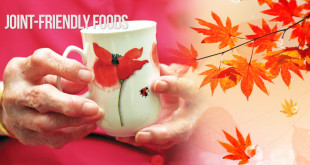“The two social evils that are plaguing our society are alcoholism and drug addiction. Unfortunately in our country more and more teenagers and young adults are falling prey to these two evils. “
ALCOHOLISM
Alcoholism and alcohol dependence is defined by the AMA (American Medical Association) as “a primary, chronic disease with genetic, psychological and environmental factors influencing it’s development and manifestation.”
Alcoholism is characterized by:
Prolonged period of frequent heavy alcohol use
The inability to control drinking once it has begun
Physical dependence manifested by withdrawal symptoms when individual stops using alcohol
Tolerance or the need to use more and more alcohol use
Effects
The effects of alcoholism are far-reaching. Alcohol affects every body system causing a whole range of health problems. Poor nutrition, memory disorders, difficulty with balance and walking, liver disease (including cirrhosis and hepatitis) high blood pressure, muscle weakness (including the heart) heart rhythm disturbances, anaemia, clotting disorders, decreased immunity to infection, gastrointestinal inflammation and irritation, acute and chronic problems with pancreas, low blood sugar, high blood fat content, interference in the reproductive function, increased risk of cancer of liver, oesophagus and breast, weakened bones, sleep disturbances, anxiety and depression.
About 20% of adults admitted to the hospital for any reason are alcohol dependent.
Men are more than twice as likely to be alcohol dependent than women.
Smokers who are alcohol dependent are much more likely to develop serious health problems.
On a personal level alcoholism in many cases leads to difficulties in marital and other relationships, domestic violence, child abuse or neglect, difficulty in finding and keeping jobs, impaired academic and work performance, homelessness and legal problems.
Recently researchers have found two types of alcoholism:
Type 1: Develops in adulthood often in early twenties, these people use alcohol to relieve anxiety and stress. No antisocial behaviour is seen in them.
Type 2: Develops much early in the teens. Drinking is done to get high. This is associated with violence, antisocial and criminal behaviour and destructiveness, but still research is going on and universally distinction between the two is not accepted.
Causes
The risk of developing alcoholism has a definite genetic component. Studies have demonstrated that close relatives of people with alcoholism are more likely to become alcoholic themselves. However no specific gene for alcoholism has been found.
Children of alcoholic parents/relatives adopted and raised away from biological parents and away from the environment sometimes turn out to be alcoholics.
DRUG ABUSE
Also known as ‘substance abuse’, this is a patterned use of a substance in which the user consumes it in amounts or with methods neither approved nor supervised by medical professionals.
Based on the actual compound, drug abuse may lead to health problems, social problems, mobility, injuries, unprotected sex, violence, deaths, motor vehicle accidents, homicides, suicides, physical dependence, psychological addiction.
Effects
Individuals with substance abuse (especially multiple drugs) are found to have more impulsivity. Impulsivity is based on sudden desires, whims or inclinations rather than careful thought.
Causes
Many of the genetic, psychological and environmental factors identified as potentially contributing to the development of substance abuse behaviour by multiple generation.
Socio-cultural reasons like family interaction and peer influences are the socio-environmental reasons.
“SUBSTANCE/DRUG ABUSE is not limited to mood altering or psychoactive drugs. If an activity is performed using the objects against the rules and policies of the matter – as in steroids for performance enhancement in sports – it is also called substance abuse. Therefore mood altering and psychoactive substances are not the only types of drug used. Using illicit drugs narcotics, stimulants, depressants, sedatives, hallucinogens, cannabis, even glues and paints are also classified as drug/substance abuse often includes problems with impulse control/impulse behaviour.”
Why is there a high rate of suicide among alcoholics and other drug abusers?
Long term abuse causes psychological distortion of brain chemistry as well as social isolation. Drug abuse makes central nervous system effects which produce changes in mood, levels of awareness or perceptions and sensations. The acute intoxicating effects of the drugs make suicides more likely to occur.
Steps towards Restoration and Cure:
Trying to do it on your own will not be easy or even successful. To get back to normalcy a good residential Rehab Centre may be helpful. One such is “Life Challenge International”.
Email: info@lifenews.in
Web: www.lifenews.in
Dr. Mary Allen BSc, MBBS, SASMS Dip(O/G) PGD-HHM/MLS (Reprinted and used with permission from “Life News”, published by Life Challenge International)
 Juliet Thomas Christian Articles for Young Women
Juliet Thomas Christian Articles for Young Women


